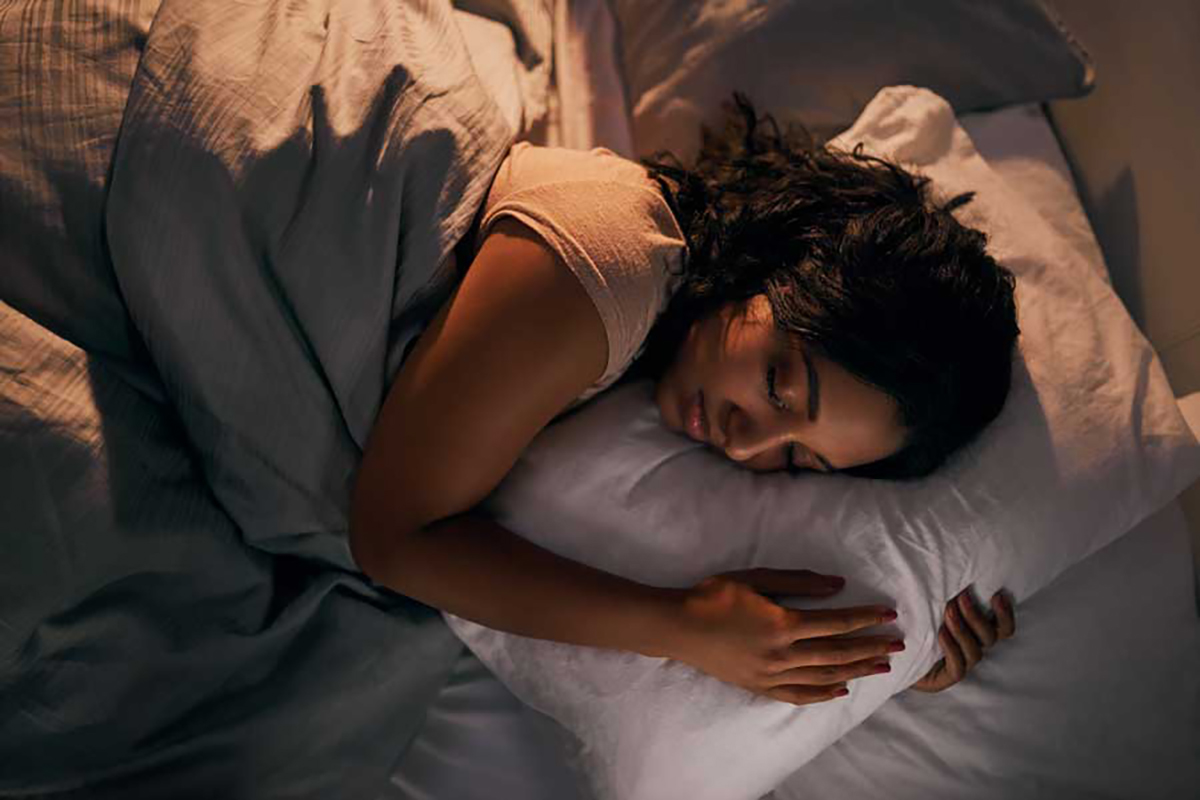
Cluster Headaches: Symptoms, Triggers, and Treatment Options
By in Neurology
May 23, 2024
Cluster headaches are a debilitating form of headache characterized by severe, intense pain on one side of the head. They occur in cyclical patterns or clusters, often lasting for weeks or months before going into remission. In this article, we will delve into the symptoms, triggers, and available treatment options for cluster headaches.
Symptoms of Cluster Headaches:
Cluster headaches have distinct symptoms that set them apart from other types of headaches. The primary symptom is excruciating pain, often described as a burning or piercing sensation, typically centered around one eye or temple. Other symptoms that may accompany cluster headaches include redness or tearing of the eye, nasal congestion or runny nose on the affected side, drooping eyelid, and restlessness or agitation. These symptoms can make daily activities challenging and significantly impact a person’s quality of life.
Triggers of Cluster Headaches :
Identifying triggers can help individuals manage and prevent cluster headaches. While triggers can vary from person to person, some common triggers include alcohol consumption, particularly red wine, certain foods high in nitrates (e.g., processed meats), strong odors or perfumes, changes in sleep patterns, high altitudes, and cigarette smoke. Understanding and avoiding these triggers can reduce the frequency and intensity of cluster headaches.
Treatment Options for Cluster Headaches:
The management of cluster headaches involves a combination of acute and preventive treatment strategies. Acute treatment aims to alleviate the pain during an active cluster period, while preventive treatment focuses on reducing the frequency and severity of future episodes.
Acute treatment options include:
- Oxygen therapy: Inhaling pure oxygen through a mask for a short period can provide relief from the intense pain.
- Triptans: These medications, available in injectable, nasal spray, or tablet form, can help abort the headache and provide relief.
- Local anesthetics: Lidocaine nasal spray or drops can provide temporary relief from the pain.
Preventive treatment options include:
- Verapamil: A calcium channel blocker that is commonly used as a preventive medication for cluster headaches.
- Corticosteroids: Short-term use of oral or injectable corticosteroids can help break the cluster cycle.
- Lithium: This medication is often prescribed for chronic cluster headaches to reduce the frequency and severity of episodes.
- Nerve blocks: Occipital nerve blocks or greater occipital nerve injections can be effective in providing relief for some individuals.
It is crucial for individuals experiencing cluster headaches to work closely with a healthcare professional to develop a personalized treatment plan based on their specific symptoms and medical history.







